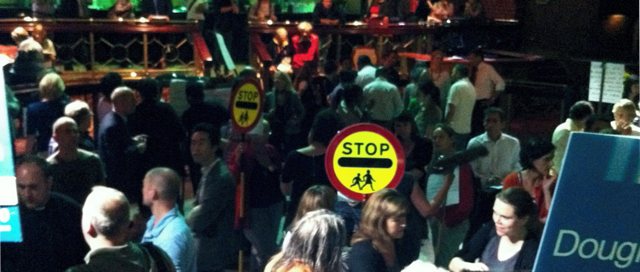Neil Kinghan’s report in the looting at Clapham Junction (and elsewhere) was published today.
It is, by necessity, not an in-depth look into the riots, they causes and consequences, but instead a first look: trying to show what happened and draw out some key recommendations. And it is, by the nature of the process, a balanced report. Having undertaken similar sorts of work (although never into anything like August’s looting) I know exactly how hard it is to divine anything exhaustive or definitive when you are interviewing people on issues that will often are a matter of opinion and recollection and not hard fact.
Reading through the final report I can see where I probably complicated matters for Mr Kinghan, but, even so, other than small matters (for example, I recall seeing photos of a vandalised Starbucks fairly early on the evening of 8 August) there is nothing with which I particularly disagree and much with which I agree.
Communication comes across as one area that can be improved, in pretty much every direction. This even when Wandsworth, I think, has a pretty good track record in communication. The lesson, perhaps, is that it can always be improved.
One of the things that struck me soon after the 8 August, is how the public sector lagged far behind rioters and broom army when it came to communication. This is even despite similar tools already existing; I was Wandsworth’s sole Yammer (which is effectively a private Twitter) member for over two years until after the riots; since then membership has swollen to a mighty three users!
Business recovery is the area that most directly affects me, and we’re already looking at what we can do and the funds that are being made available. Here the trick is in successfully managing the transition from the immediate response – helping businesses recover from the aftermath – to a longer term plan that supports and develops local businesses.
It is very much a “watch this space” until plans are more fully developed.
The whole report is publicly available via the council’s website. It is not – and openly admits it isn’t – a conclusive or definitive report on the disorder, and many questions remain unanswered, but a fascinating first look at the issues around 8 August.
